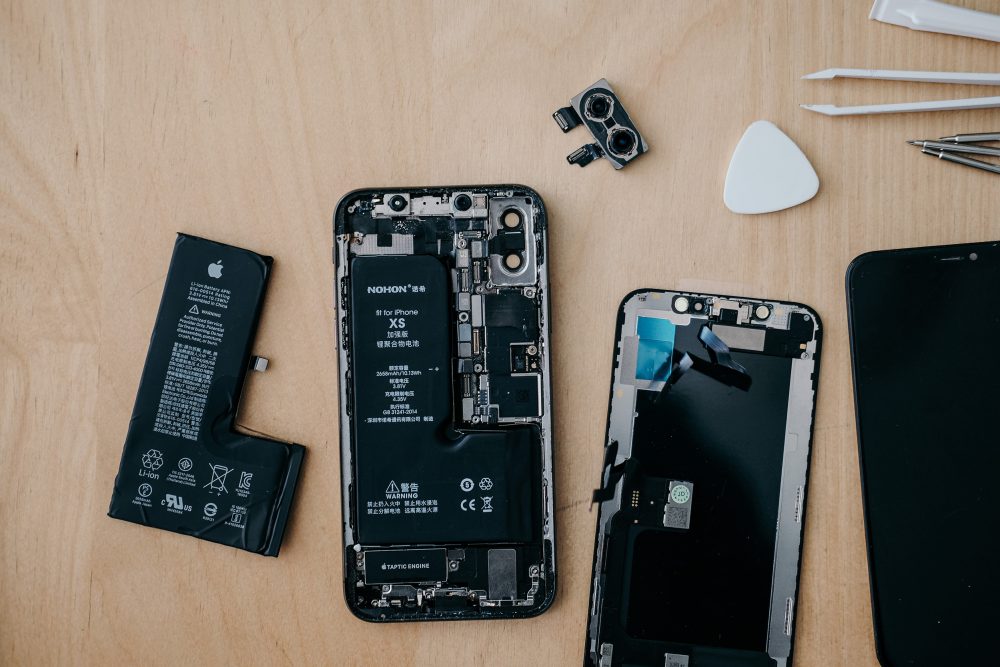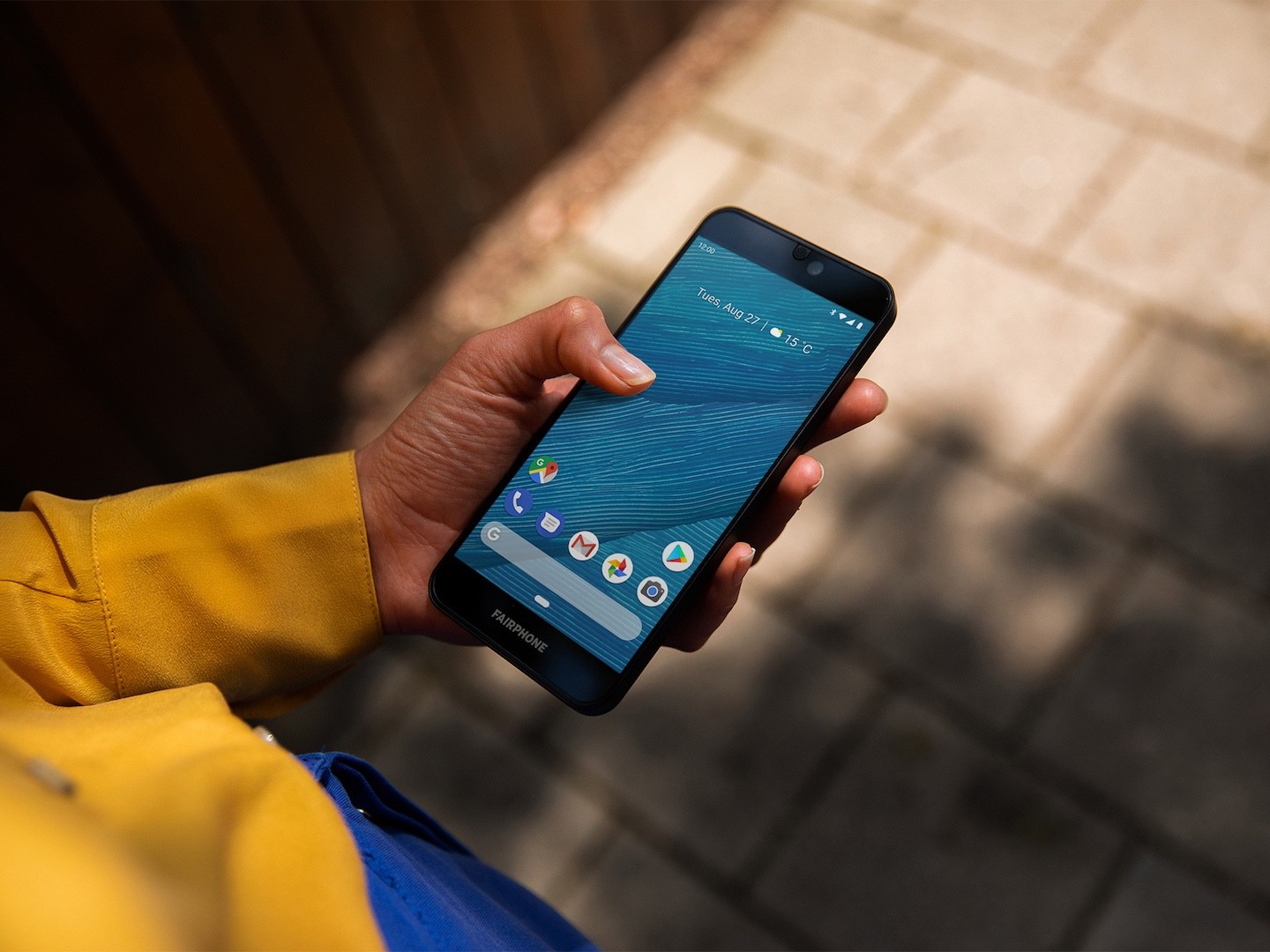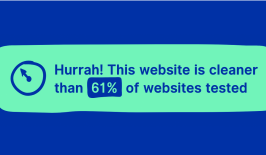Refurbished devices are a great way to protect the environment when buying technology. We aren’t the only ones who have been reporting on this for some time—a new study by Back Market and The French Agency for Ecological Transition has now been able to empirically confirm the environmental benefits.
The study reveals that the environmental impact of smartphones, tablets, laptops, and desktop PCs is, on average, reduced by more than 90 percent when they are purchased in a refurbished condition. Refurbished purchases result in savings of just under 90 percent in CO2 equivalents, nearly 95 percent in water conservation, and approximately 94 percent in raw material preservation. Simultaneously, the refurbishment of old hardware contributes to the reduction of e-waste.
Initiatives like “Hey, Alter!” demonstrate that older hardware indeed has a future. Its aim is to distribute discarded laptops and tablets to students who cannot afford the latest technology. A central aspect of refurbishing these old computers involves installing a secure and future-proof operating system.
Surprisingly, Back Market’s study pays little attention to this aspect.
Software updates for smartphones still in short supply
In most cases, manufacturers deliver new smartphones with an up-to-date operating system. But from the moment of release, the countdown starts for the guarantee of updates that the manufacturer provides for the device. While some manufacturers guarantee more than five years, there are also devices that only receive new updates for two or three years.
The market is roughly divided between Google’s Android operating system and Apple’s iOS operating system. While iPhone buyers benefit from an above-average supply of updates, Android phones sometimes only remain up-to-date for a few years. Apple benefits from its closed ecosystem, which consists of only a few devices. This means that new operating system versions only have to be adapted for a small number of smartphones.
On the other hand, Google provides new Android versions, which manufacturers must then adapt for their own devices. Product maintenance for older devices is considerably expensive and, consequently, unattractive for them.
The EU won’t implement stricter regulations regarding the update guarantee for smartphones until the end of 2024. Afterward, manufacturers must offer both functional and security updates for five years following a device’s release. However, what’s the current status, especially for devices that are already several years old?
When we purchase refurbished devices, do we acquire them with outdated software?
How do refurbished suppliers deal with software updates?
Providers like Back Market, Refurbed, or Rebuy feature numerous devices in their product catalogues, some of which have already surpassed their software support lifespans. According to Back Market, though, new updates aren’t necessarily essential for optimal device usage. Back Market informed us that many modern apps are compatible with older operating system versions, resulting in fewer functional limitations.
Additionally, the experts at Back Market ensure that the devices on their platform are in top-notch condition and operate seamlessly. As a marketplace, they also request dealers to include information about software updates when listing products, thereby informing customers. To enhance transparency regarding software updates, they collaborate with an external database to obtain “Auto Update Expiration” and other details about device functionality.
The Android operating system being open source allows for manufacturer-independent versions to be installed on older devices. However, it’s worth noting that Back Market excludes the installation of alternative Android versions as part of the refurbishment process.
What is “Rooting”?
“Rooting” gives you administrator rights on Android smartphones. This enables further functions to be unlocked and alternative Android versions to be installed on devices.
While rooting is technically safe, it voids the manufacturer’s warranty on most devices. At the same time, digital payments or online banking can only be used to a limited extent or not at all.
This is because, to install these alternative versions, a device needs to be rooted. However, in the process, critical security measures would be circumvented, potentially compromising functions like NFC payments or access to banking apps.
10-year phone to improve lifecycles
Since alternative Android versions are not an option, manufacturers would have to take action to extend the life of their devices. Back Market is trying to put more pressure on suppliers as a member of the European Right to Repair Campaign Committee. In addition, the company is campaigning for the 10-year-phone.
In this campaign, the European Commission actively calls for citizens to be able to use their mobile phones for at least 10 years. The demands include easier dismantling of mobile phones, longer availability of spare parts and extended repair information, as well as the provision of software updates over a period of 10 years.
With these requirements, purchasing second-hand smartphones becomes a considerably more appealing option for customers. Simultaneously, extended update warranties would enhance the appeal of modular smartphones such as the Fairphone or the Shiftphone.
Both manufacturers have demonstrated that it is technically feasible to design smartphones in a manner that allows for the replacement of faulty or outdated components. This grants customers an extended update guarantee, although the concept of a “10-year-phone” remains elusive. For instance, the Fairphone 2, which was released in 2015, received its last security update in March 2023, providing updates for eight years.
Even manufacturers that prioritize the longevity of their products face significant challenges in ensuring continued software updates. Without these updates, a smartphone’s security is compromised, even if it remains functional. Therefore, initiatives like the “10-year-phone” and the new EU regulations represent crucial steps toward establishing a successful circular economy for smartphones. Even if they may not be immediately attractive to manufacturers.










